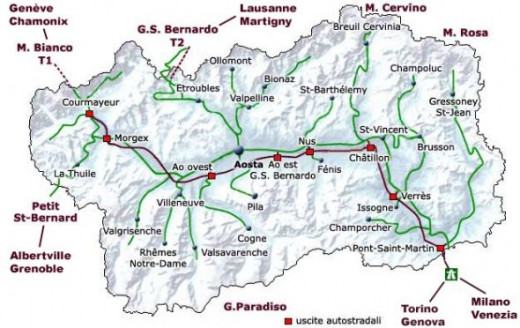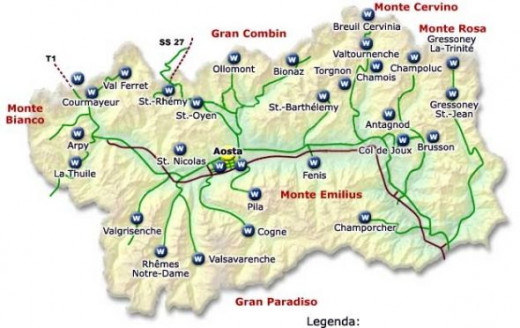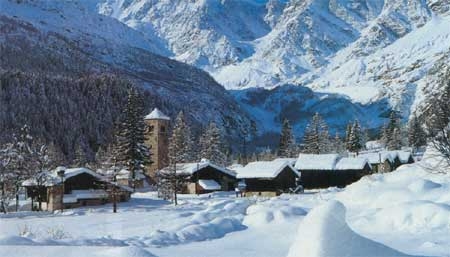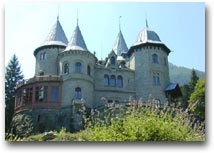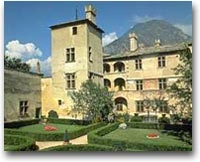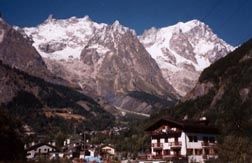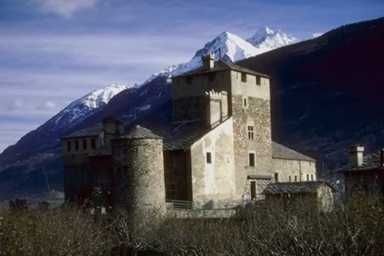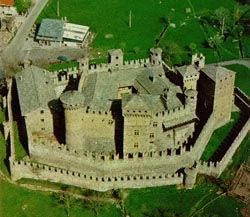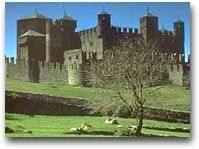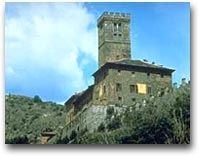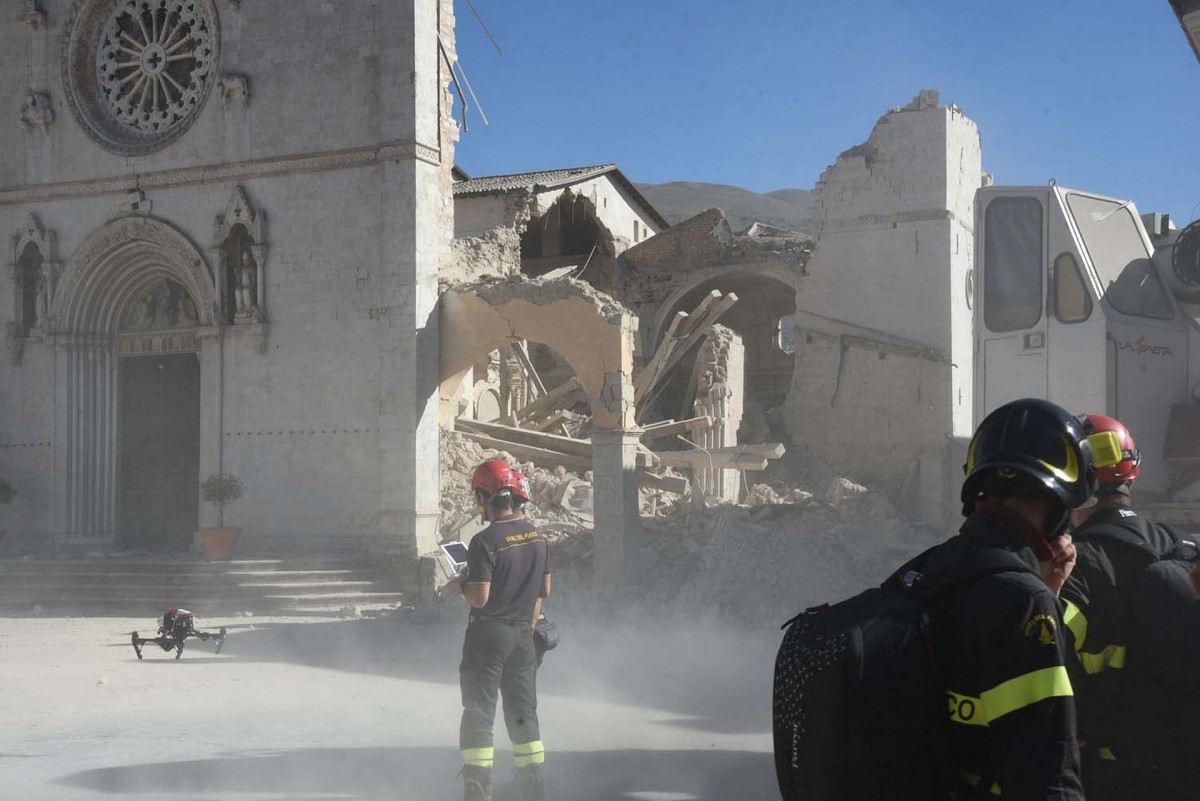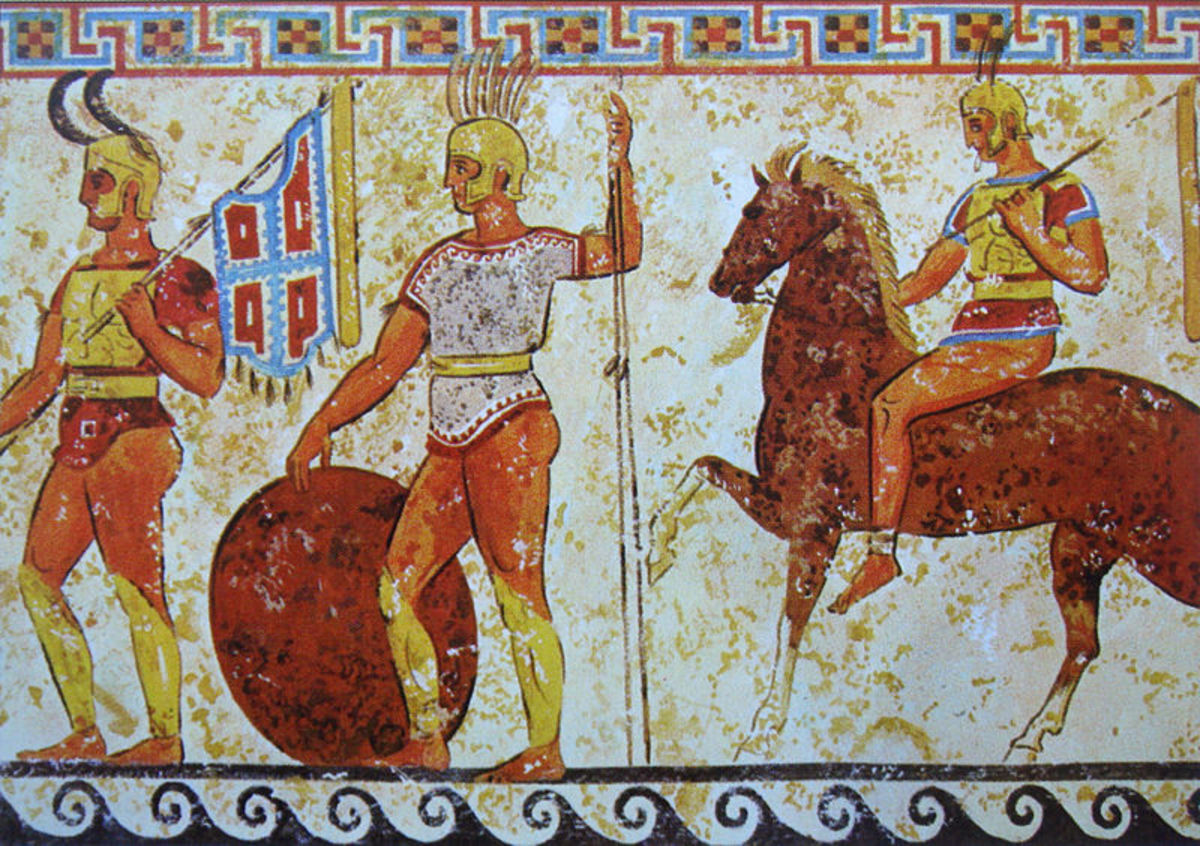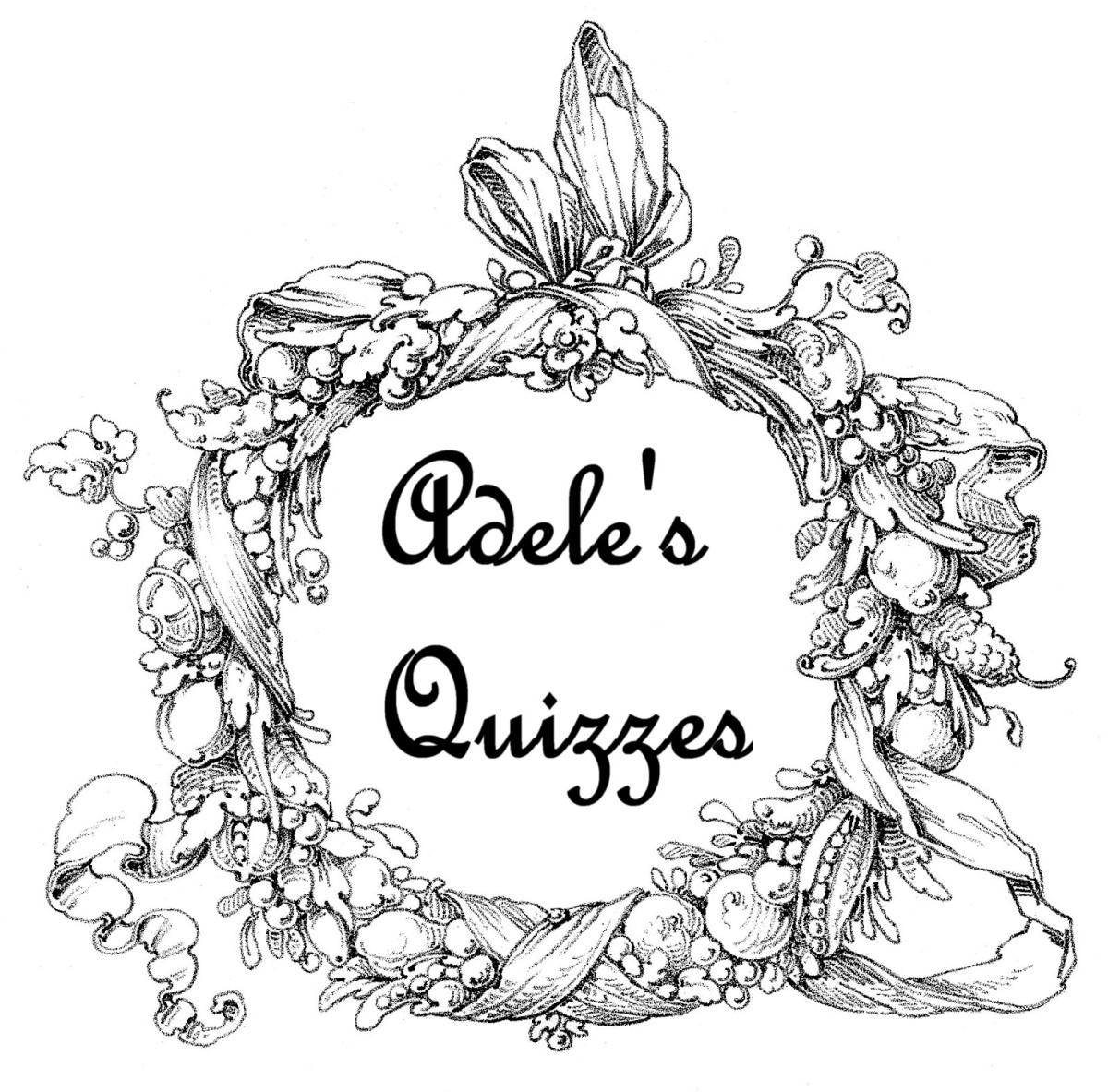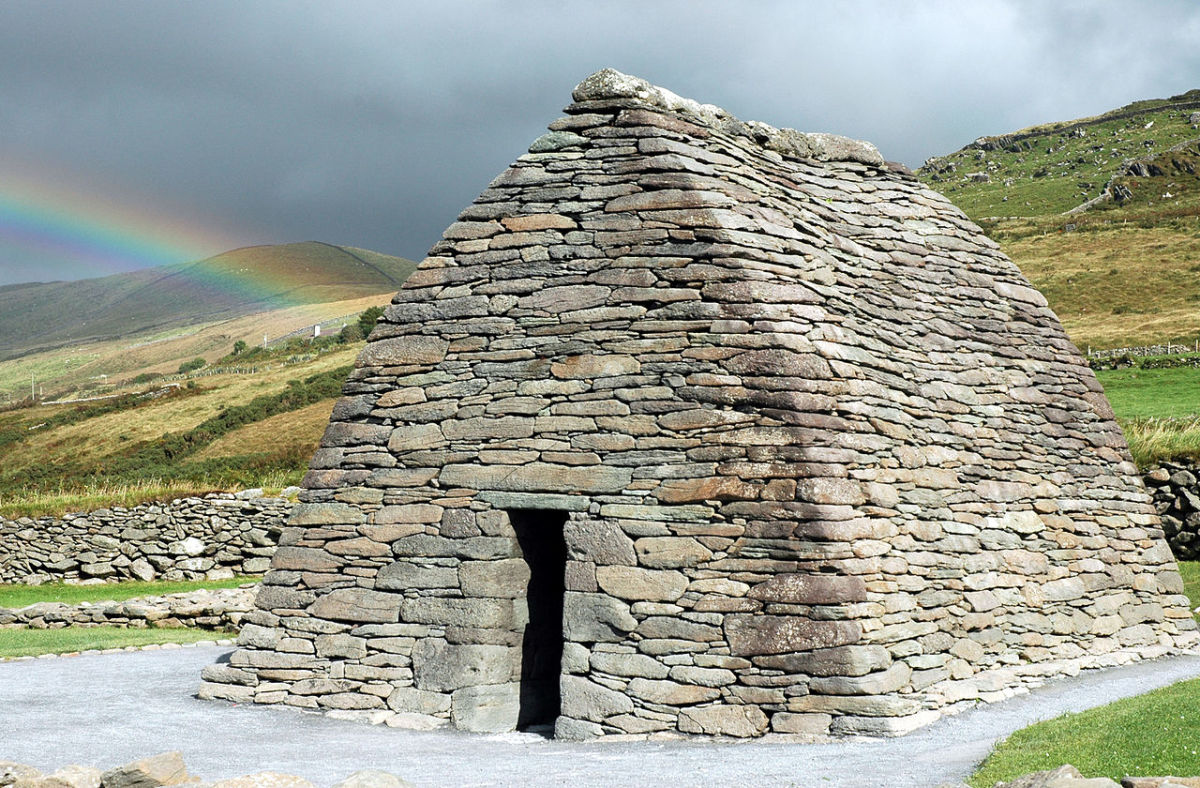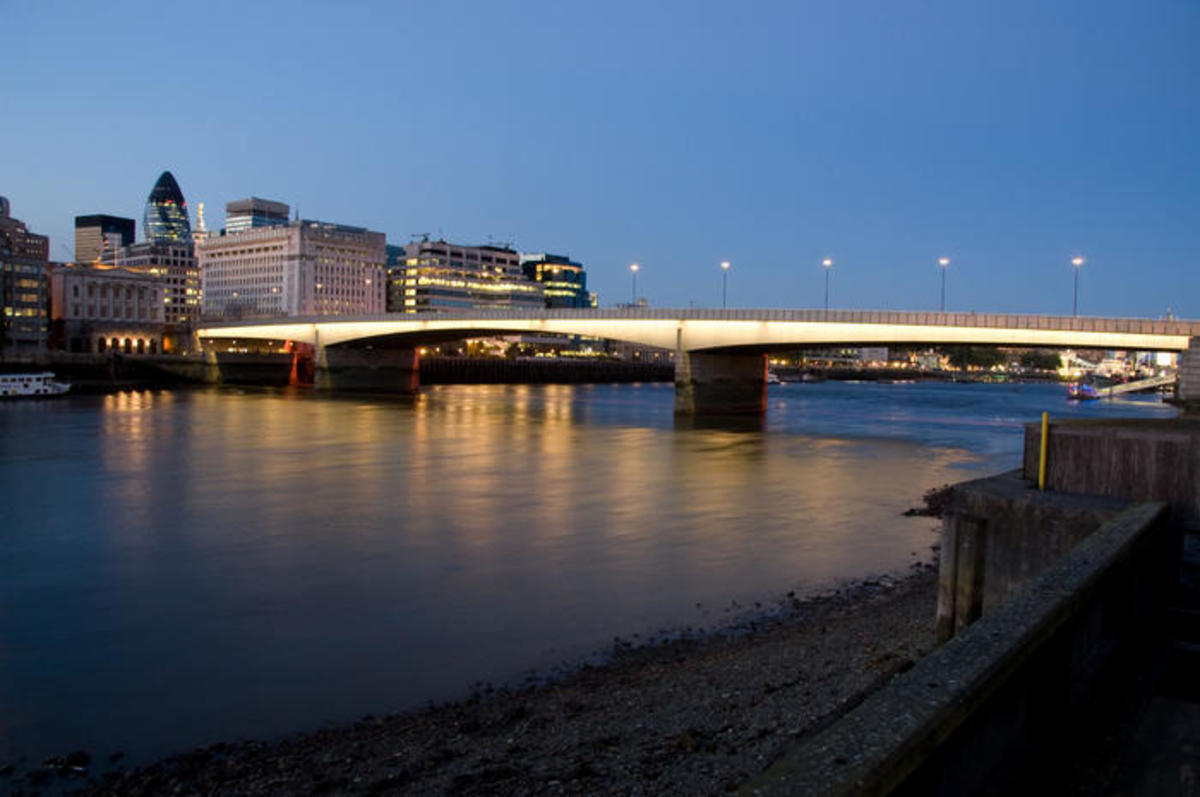Aosta, Italy
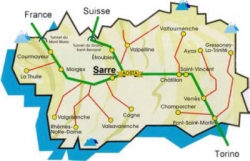
The History of Valle D'Aosta
Aosta? Where the heck is that? Aosta is a small autonomous region, usually under snow for most of the year. A person might call it a winter wonderland, full of history and castles. It sits there on the northern Italian border tucked away under the Swiss and French Alps - but on the Italian side of course. The southern edge of Aosta meets Piedmont and both Turin and Milan are not far away. And how is it pronounced? Ay - Oh (as lock, stock) - Sta
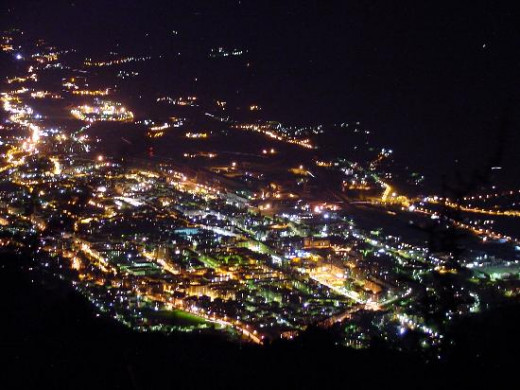
Val D'Aosta
The name Val D'Aosta is fairly self explanatory. Val is of course Valley. Aosta is a corrupt version of Augustus and refers to the Roman name for the valley - Augusta Praetoria - named for the Emperor Augustus. The town of Aosta was founded by the Romans in 25 BCE.
For most of it's 2000 year history Aosta has been under the control of the Dukes of Savoy - the same family from whom the Italian Royal Family are descended from. Umberto II - the last King of Italy - was ousted in 1940 by Mussolini. His son (Vittorio Emmanuel) is the current heir to the throne and the family lives in exile in Switzerland.
Aosta is surrounded by mountains. The 2 most famous peaks are the Matterhorn in Switzerland (called Monte Cervino in Italian) and Mont Blanc in France (called Monte Bianco in Italian) . The Great St Bernard tunnel runs from Switzerland through the Alps to Aosta. There is also a tunnel under Mont Blanc in France running between Chamonix and Aosta.
Most residents of Aosta are bilingual speaking both Italian and French. Schools in Aosta are taught in those two languages. There is however one valley that also speaks a German dialect - they are the descendents of Wallesians who fled Switzerland during the Reformation and settled in the Aosta region.
The economy in Aosta is predominately agricultural with beef, milk and wine being the major products. However there is also a small but steadily increasing manufacturing sector as well.
Gran Paradiso National Park
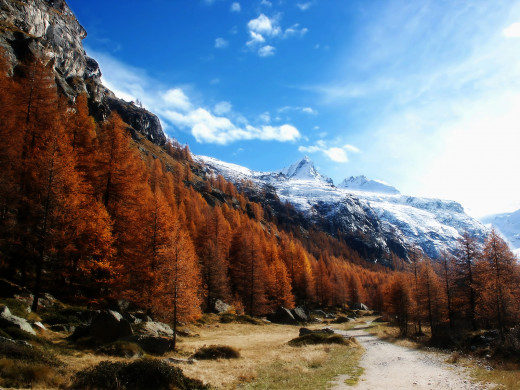
Picture Source - Gran Paradiso National Park, Aosta, Italy
Gran Paradiso is not only the largest National Park in Italy, it is also the oldest National Park.The first 21 square kilometres of alpine hunting land was given to the nation by the Savoy family in 1920 and the park was founded in 1922. Additional land has since been purchased and the park is now over 700 square kilometres in area.
The Park is the protected home of the Alpine Ibex mountain goat. Other protected species include the alpine chamois, lynx, ermine and the Eurasian badger. There are also a number of bird and butterfly species also in the park.

Aosta in Ancient Times
Aosta was originally occupied by the Salussi tribe. They were made slaves by the Roman Empire beginning in 25 BCE. At that time, Aosta was a military garrison protecting the borders of the Roman Empire.
Hannibal (247-182 BCE) may have crossed the Aosta border into Italy from Gaul but the geography and Livy seems to indicate that Hannibal crossed the Alps south of Aosta - between what is now Briancon in France and Susa in Piedmont.
The city of Aosta is know as the Rome of the Alps and for good reason. The city was built by the Romans in 25 BCE and is laid out in a grid pattern. There are a number of Roman ruins still in good condition around town.
The Arco d'Augusta (Arch of Augusta) honors Augustus, who gave his name to Augusta Praetoria Salassorum, the towns original name.
The Roman Amphitheater was undergoing restoration in 2003
The Roman Forum, beneath ground level, can be visited.
The Tour Fromage (the Cheese Tower) is next to the Roman Amphitheater.
The Main Piazza in Aosta is called Piazza Chanoux.
After the Roman empire collapsed, Aosta was held by the Goths, the Lombards, the Burgundians and the Franks under Charlemagne and then became part of the Burgundian Kingdom again.
Roman Amphitheatre in Aosta City
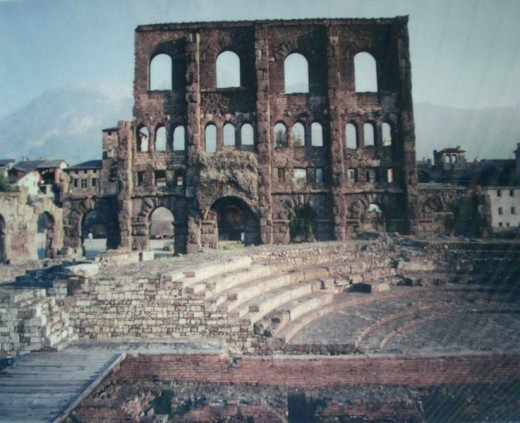
Wikimedia commons - Roman Amphitheatre - an old photo - taken before 2003 restoration
Feudal and Medieval Aosta
Umberto I of Savoy was named Count of Aosta in 1032 by the Holy Roman Emperor Conrad I. Umberto built himself a fortified castle at Bard. The County of Aosta was upgraded to a Duchy in the 13th century by Emperor Frederick II, and the Counts of Aosta became Dukes of Aosta.The region remained a feudal one for the next 500 years and many castles were built by the various feudal lords and families. Some of the strongest familes included the Sarriods, the Challants and the Gallifets.
Photos and Maps of Aosta
Click thumbnail to view full-size









Chatillon, Aosta
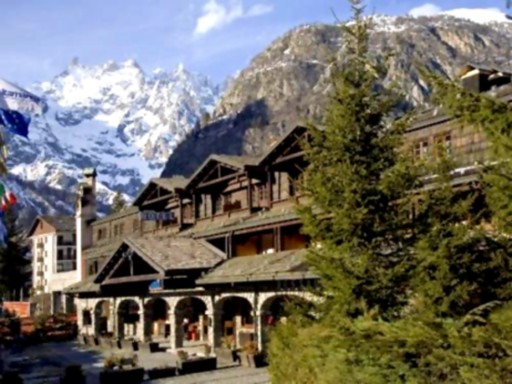
View of the Alps from Chatillon, in Aosta

